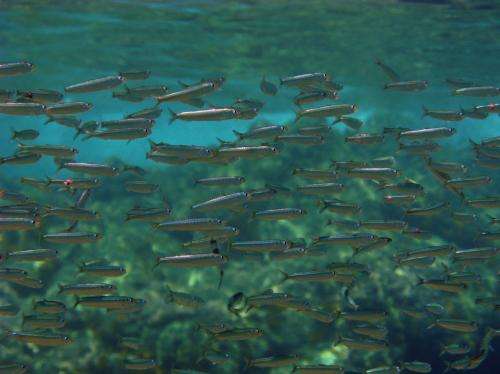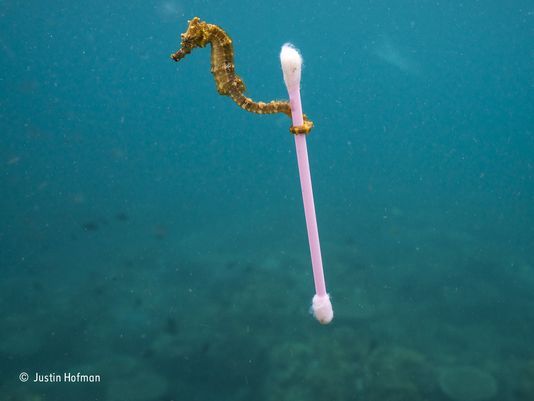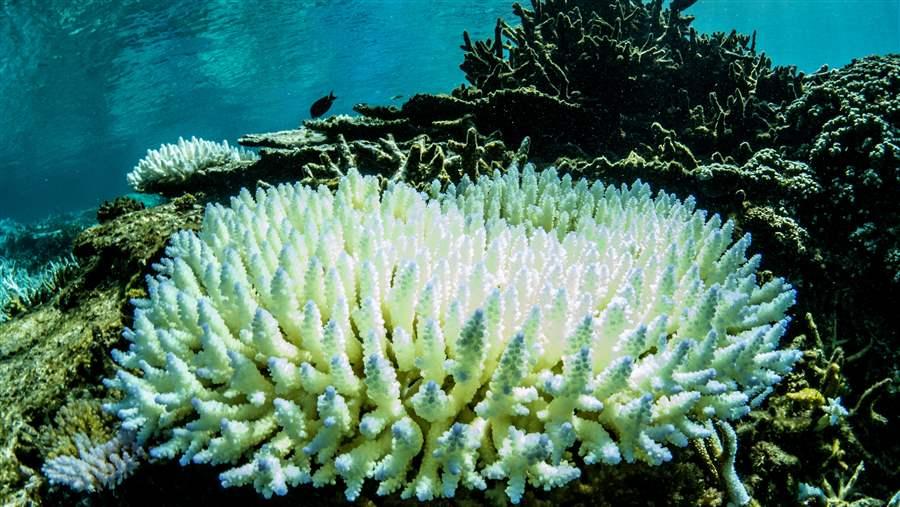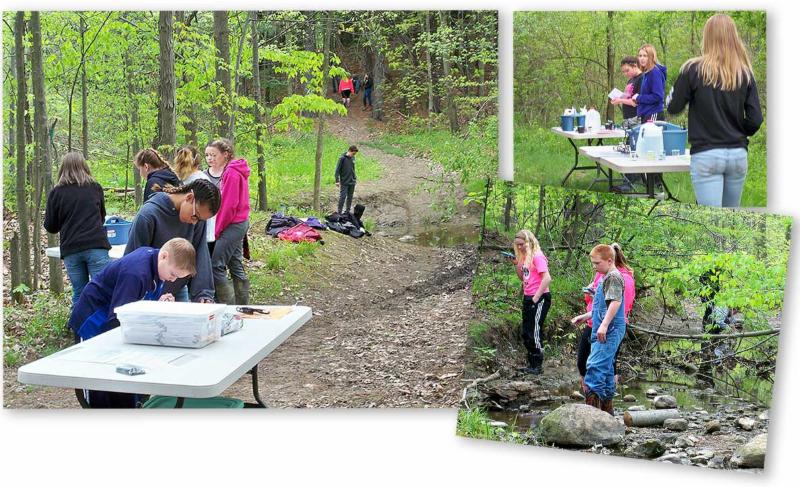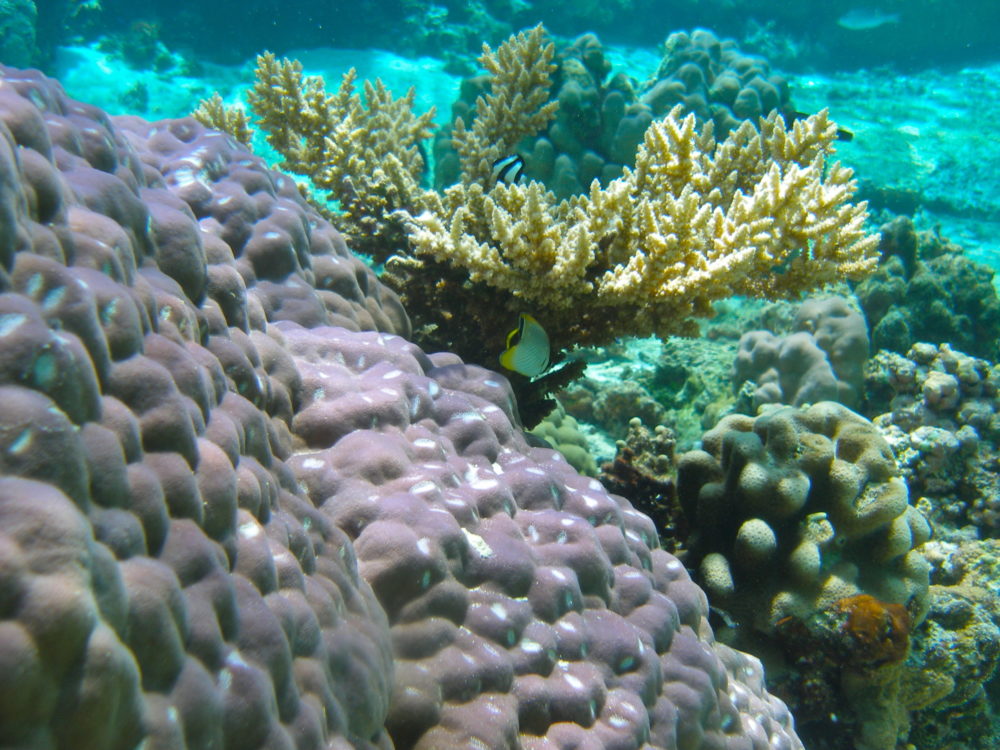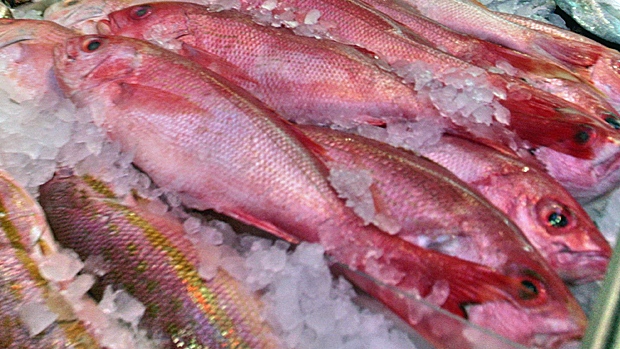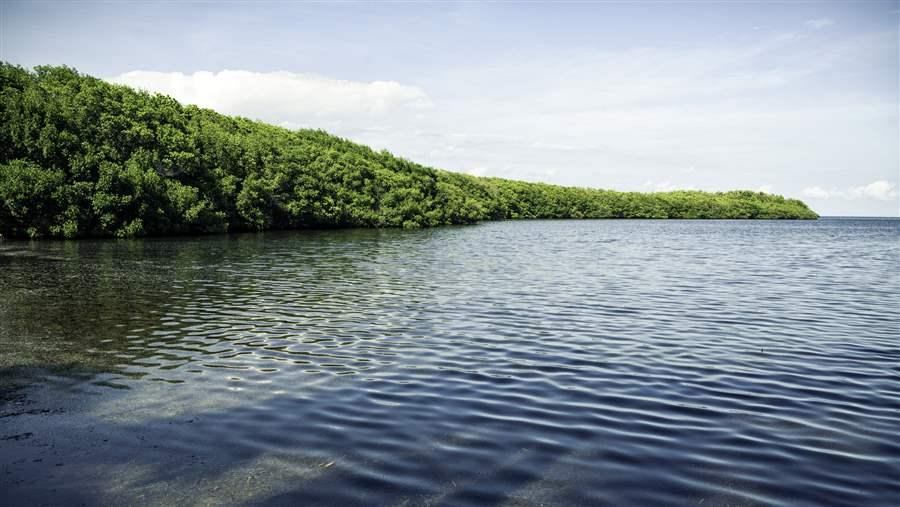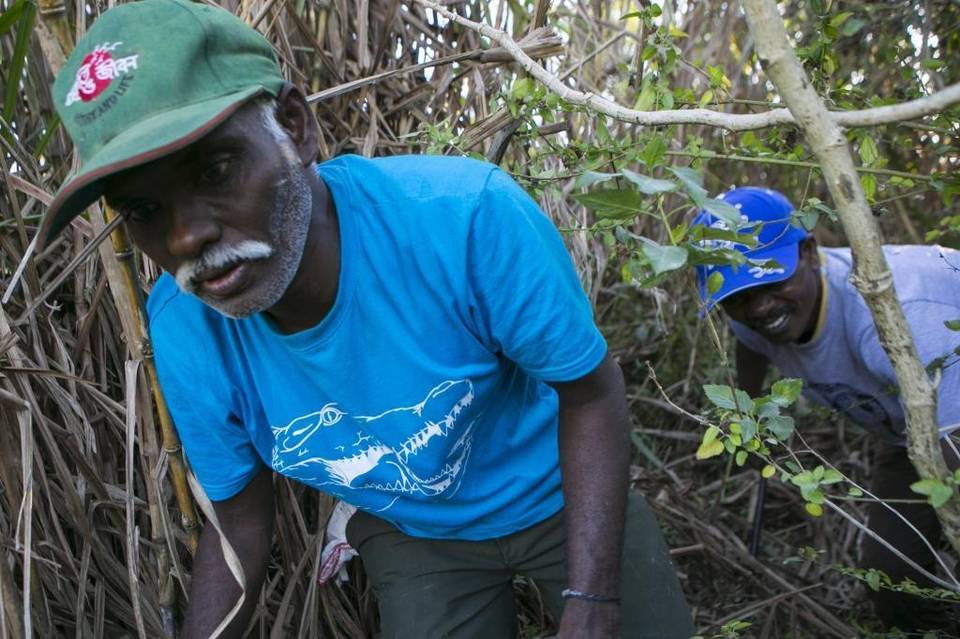One short letter’s huge impact on the opioid epidemic
By Nadia Kounang, CNN
Updated 11:16 PM ET, Thu June 1, 2017
(CNN) Every day, 91 Americans die from an opioid overdose. Drug overdoses overall — most of them from opioid painkillers and heroin — are the leading cause of accidental death in the US, killing more people than guns or car accidents. In fact, while Americans represent only about 5% of the global population, they consume about 80% of the world’s opioid painkillers. But how did we get to this point?
Many public health experts point to a simple five-sentence letter to the editor published in a 1980 edition of the New England Journal of Medicine. The 101-word letter, titled “Addiction Rare in Patients Treated with Narcotics,” was signed by Jane Porter and Dr. Hershel Jick of Boston University, who said that of their 11,000-plus patients treated with narcotics, there were only four cases of addiction. And although this letter provided no further evidence and was not a peer-reviewed study, it has often been cited as proof of the safety of prescribing long-term narcotics for chronic pain.
This week, the journal published yet another letter to the editor, this one an analysis from researchers at theInstitute for Clinical Evaluative Sciences of how frequently Porter and Jick’s letter has been cited by other researchers and physicians in studies and journalssince its publication. The analysis found 608 citations of the initial letter as of May 30, 72% of them pointing to it as proof that addiction was rare among long-term narcotic users. Dr. David Juurlink, one of the researchers involved in the analysis, wrote in an email that the “5-sentence letter to the editor in medicine’s most prestigious journal was leveraged as proof that opioids could be used safely over the long term, even though it offered no evidence to support that claim. It’s clear that many of the authors who cited it hadn’t actually read it.
Jick is quick to point out that his letter has been misrepresented. He told CNN last year that it was never meant to speak about the general population, but rather referred only to patients who were closely monitored in a hospital setting. Yet, according to the new analysis, 80% of the articles that referenced the letter make no mention of the fact that these were hospitalized patients.
In addition, most of the citations weren’t critical at all of the letter or the notion that these drugs could be dangerous to prescribe long-term. In fact, references to the letter in studies jumped after the 1995 introduction of OxyContin, the long-acting formulation of oxycodone.
And although positive references to the letter have decreased in recent years, they still remained as of 2016. So far this year, the researchers found no positive references to the letter. To help stem the wave of opioid overdoses across the country, public health experts, legislators and law enforcement have come together in an all-hands-on-deck effort.
Among the most recent efforts, Ohio Attorney General Mike DeWine this week filed suit against five pharmaceutical companies: Purdue Pharma, the maker of OxyContin; as well as Teva Pharmaceuticals; Allergan; Endo Health Solutions and Janssen, a subsidiary of Johnson & Johnson.
In a statement, DeWine said, “These drug manufacturers led prescribers to believe that opioids were not addictive, that addiction was an easy thing to overcome, or that addiction could actually be treated by taking even more opioids.”
Ohio joins a growing list of states and municipalities, such as Mississippi and the city of Chicago, alleging that pharmaceuticals recklessly pushed the prescribing of addictive narcotics while knowing the risks. On Wednesday, the Heroin and Opioid Prevention Effort and Treatment Act went into effect in Maryland, effectively making naloxone, a medication that can reverse opioid overdose, available over the counter. There is similar legislation allowing broad access to naloxone in Alabama, West Virginia and Pennsylvania.



